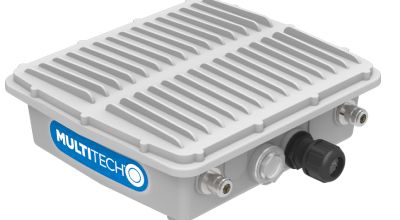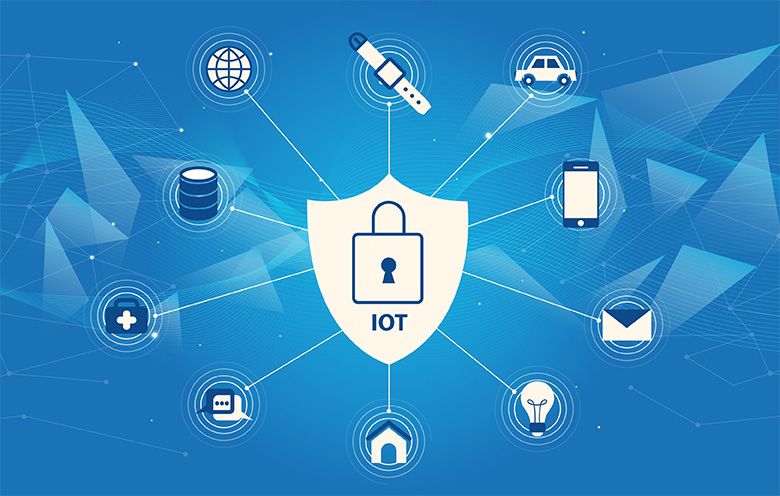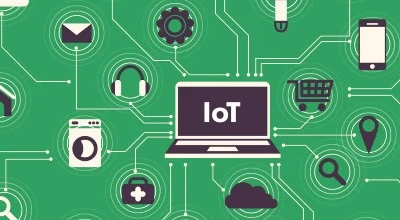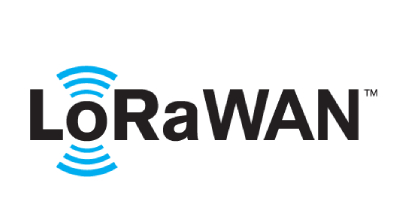
LoRaWAN Gateway Security Considerations
LoRaWAN, short for Long Range Wide Area Network, is an innovative technology designed to facilitate communication between IoT devices over long distances. Its low power consumption, wide coverage, and ability to penetrate urban obstacles make it an attractive choice for various applications, including agriculture, smart cities, and industrial IoT. However, as with any wireless communication system, LoRaWAN faces security challenges that must be addressed to ensure the privacy and integrity of the data it transmits. In this article, we delve into the intricacies of LoRaWAN gateway security and explore the measures that can be implemented to protect these networks.
LoRaWAN Gateway Overview

A LoRaWAN gateway serves as the bridge between IoT devices and the network server, receiving data packets from the devices and forwarding them to the server. The gateway is a crucial component of a LoRaWAN network, as it is responsible for managing and maintaining the connection between the network and its end devices. Consequently, the security of the gateway is critical to the overall network security.
Security Threats to LoRaWAN Gateways
- Unauthorized access: The most common threat to LoRaWAN gateways is unauthorized access. Attackers may gain control over the gateway and manipulate the data transmitted by IoT devices, resulting in data breaches or service disruptions.
- Eavesdropping: Attackers can intercept and analyze the data transmitted between IoT devices and the gateway, posing a risk to user privacy and data confidentiality.
- Spoofing: By sending fake data packets to a gateway or impersonating a legitimate gateway, attackers can compromise the integrity of the network and disrupt its operations.
- Replay attacks: Attackers can capture and retransmit previously transmitted data packets, potentially causing data duplication or other adverse effects on the network.
LoRaWAN Gateway Security Measures

- Secure boot: Implementing a secure boot process ensures that only authorized firmware can be executed on the gateway. This prevents attackers from installing malicious firmware that could compromise the gateway's security.
- Encrypted communication: By encrypting data transmissions between IoT devices and the gateway, as well as between the gateway and the network server, eavesdropping and unauthorized access can be mitigated. LoRaWAN supports AES-128 encryption, which is a robust cryptographic standard.
- Mutual authentication: To prevent spoofing and unauthorized access, both the gateway and IoT devices should authenticate each other before establishing a connection. LoRaWAN supports network and application-level authentication, utilizing unique identifiers and encryption keys for each device.
- Regular firmware updates: Gateways should be updated with the latest firmware to address any newly discovered security vulnerabilities. Over-the-air (OTA) updates can be used to distribute firmware updates securely and efficiently.
- Intrusion detection and prevention systems (IDPS): Implementing IDPS can help to detect and prevent unauthorized access and malicious activities targeting the gateway. These systems monitor network traffic and alert administrators to any suspicious activities, allowing for quick remediation.
- Network segmentation: Segregating the LoRaWAN network from other corporate networks can limit the potential damage in case of a security breach. By implementing network segmentation, the attack surface is reduced, and the potential for lateral movement by an attacker is minimized.
Security Considerations with your LoRaWAN gateway

- Physical security: Protecting the gateway from unauthorized physical access or tampering is essential. Gateways should be installed in secure locations with access control measures in place.
- Secure boot: Implement a secure boot process to ensure that only authorized firmware can be executed on the gateway, preventing attackers from installing malicious firmware that could compromise the gateway's security.
- Encrypted communication: Data transmissions between IoT devices and the gateway, as well as between the gateway and the network server, should be encrypted to mitigate eavesdropping and unauthorized access. LoRaWAN supports AES-128 encryption, which provides a robust level of security.
- Mutual authentication: To prevent spoofing and unauthorized access, both the gateway and IoT devices should authenticate each other before establishing a connection. LoRaWAN supports network and application-level authentication, utilizing unique identifiers and encryption keys for each device.
- Regular firmware updates: Ensure that gateways are updated with the latest firmware to address any newly discovered security vulnerabilities. Over-the-air (OTA) updates can be used to distribute firmware updates securely and efficiently.
- Intrusion detection and prevention systems (IDPS): Implementing IDPS can help to detect and prevent unauthorized access and malicious activities targeting the gateway. These systems monitor network traffic and alert administrators to any suspicious activities, allowing for quick remediation.
- Network segmentation: Segregate the LoRaWAN network from other corporate networks to limit the potential damage in case of a security breach. Network segmentation reduces the attack surface and minimizes the potential for lateral movement by an attacker.
- Monitoring and logging: Regularly monitor the gateway's performance, network traffic, and system logs for any signs of unauthorized access or suspicious activities. Implementing a centralized logging and monitoring system can help detect and respond to potential security incidents more efficiently.
- Secure configuration: Ensure that the gateway's default settings are properly configured, and unnecessary services or features are disabled. Regularly review and update the gateway's configuration to maintain optimal security.
- Incident response planning: Develop and maintain a comprehensive incident response plan to address potential security breaches or incidents affecting the LoRaWAN gateway. Regularly review and update the plan, and ensure that relevant personnel are trained and familiar with the procedures to be followed in case of an incident.
LoRaWAN gateways are essential components of long-range wireless IoT networks. Ensuring their security is crucial to maintaining the integrity and privacy of the data they handle. By implementing strong encryption, mutual authentication, regular firmware updates, and other security measures, network operators can effectively protect their LoRaWAN gateways from a wide range of threats. As IoT continues to grow and evolve, so too must the



